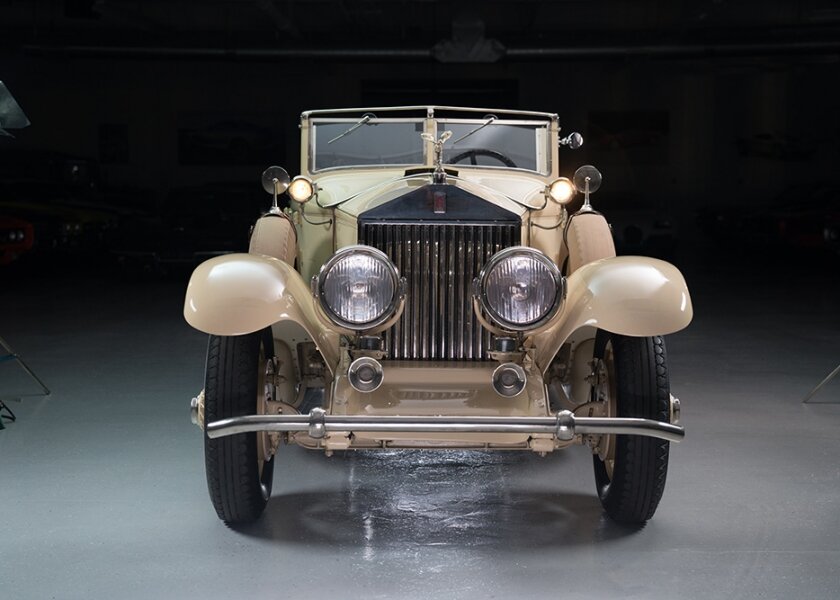Big, Bold & Brassy: Big Automobiles from the Pre-War & Brass Era
November 12, 2016 – February 26, 2017
The Brass Era symbolizes the early period of automotive manufacturing, named for the prominent brass fittings used during this time for lights, horns, radiators, and other details. The era is generally considered to encompass 1896 through 1915, a time when these vehicles were often referred to as ‘horseless carriages.’
Hundreds of automobile manufacturers attempted to make their mark in pre-war America; by 1920 fewer than 120 survived, and by 1946 less than 15. Before the first production cars – such as the Oldsmobile Curved Dash and the Ford Model T in this exhibition – cars were a luxury item. Even the Model T was relatively expensive at first: the cheapest one initially cost $825, or about $18,000 in today’s dollars. At the beginning of 1908, there were fewer than 200,000 on the road. By the 1920s, many Americans wanted more than just a sturdy, affordable car. They wanted style, speed and luxury. As tastes changed, the era of the Model T came to an end. The last one rolled off the assembly line on May 26, 1927, some 15 million having been produced.
This exhibit offered a look at the remarkable progression of technology and design, from horseless carriages, to early assembly line production cars, to great bespoke coachwork touring machines of the 1920s and 30s.



















